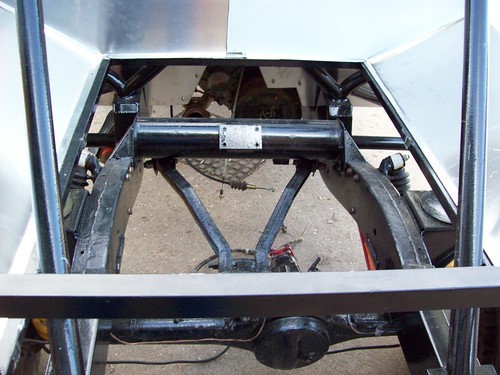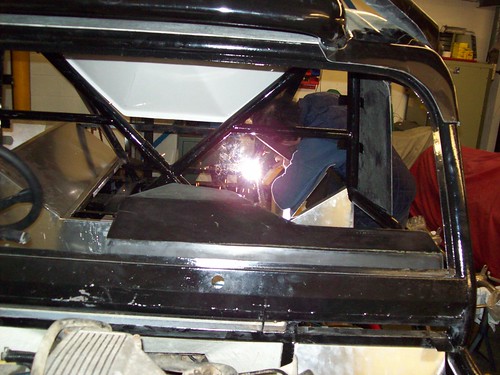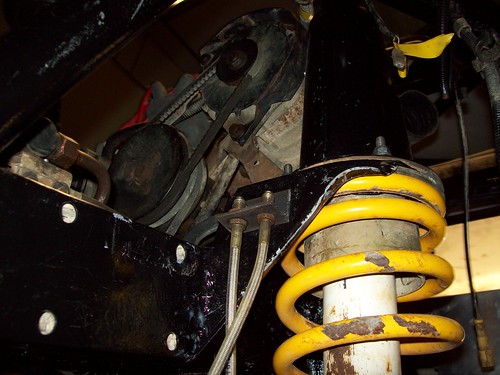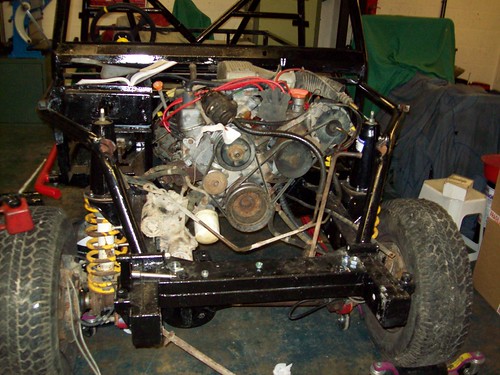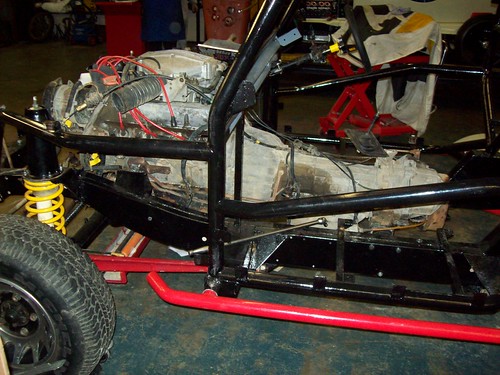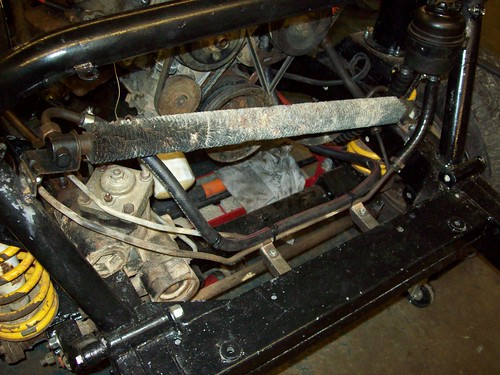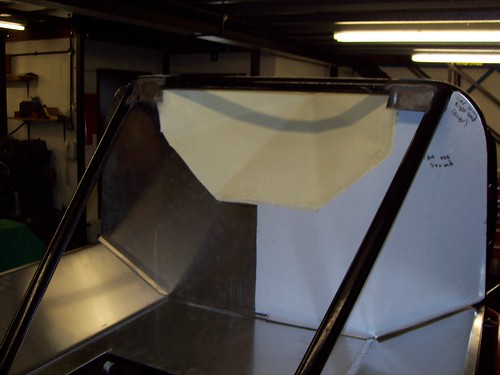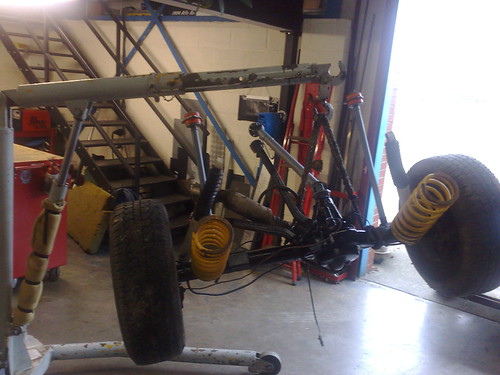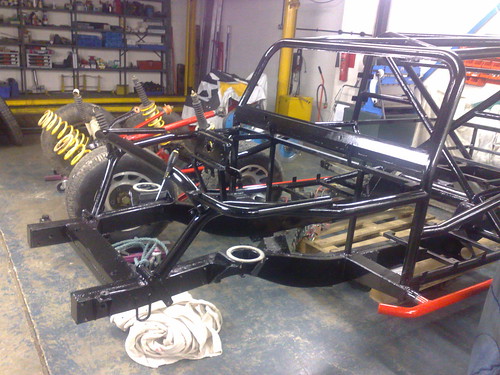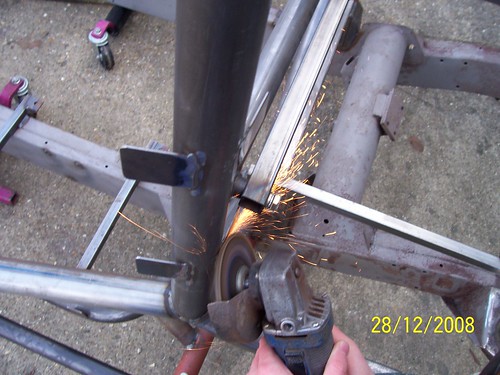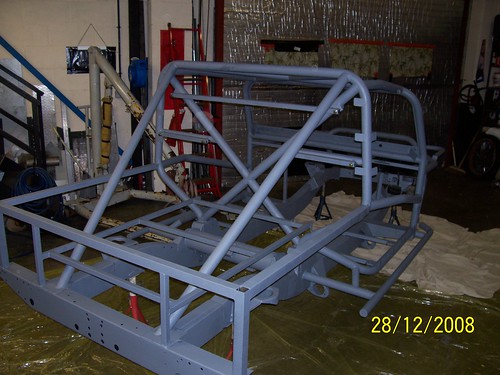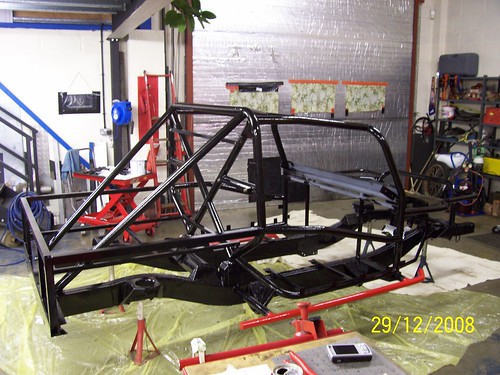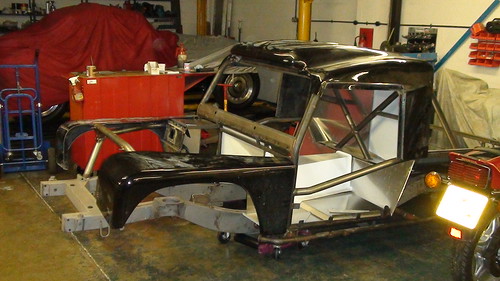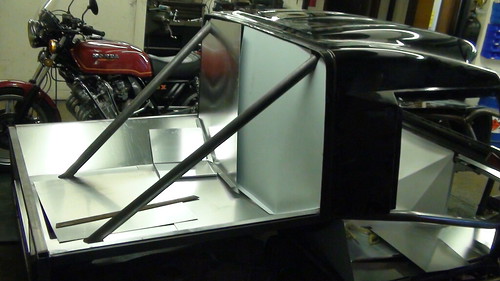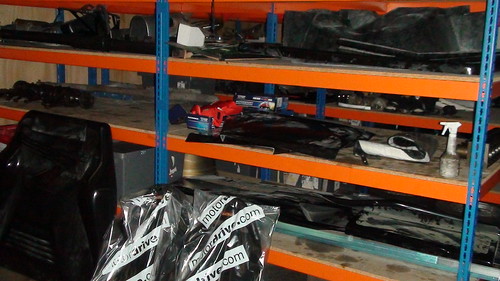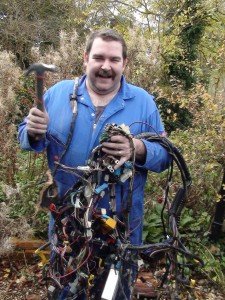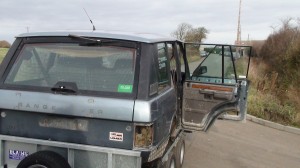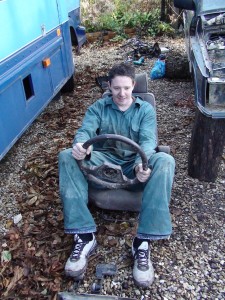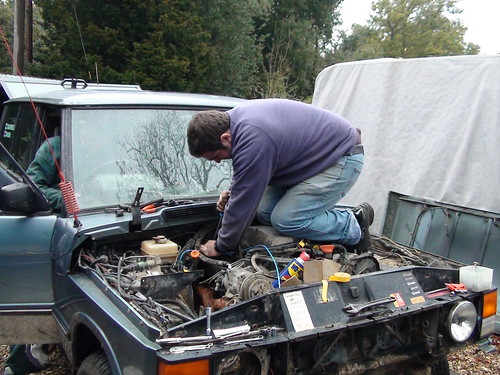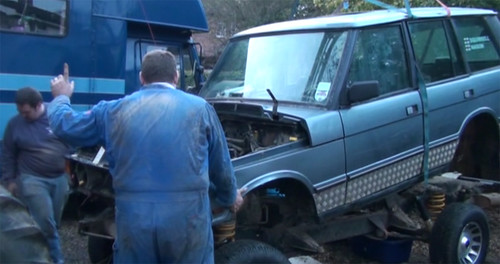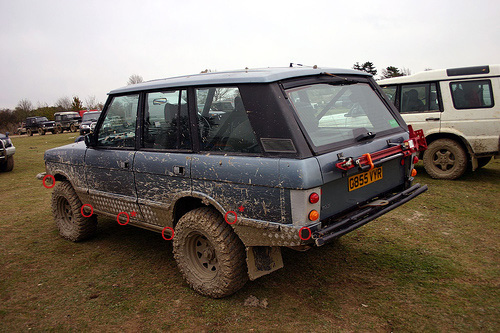Fuel Tank Issues
March 9th, 2009Lots of Tomcats are fitted with aftermarket fueltanks, usually all pretty and shiny, and made of aluminium. As I’m trying to do all this on a budget, I’m going to use my old Range Rover one. There are a few problems with this.
- It’s meant to be mounted at an angle, and my frame is flat
- Although there is a section built into the rear frame where the tank would fit, it would get in the way of the rear winch.
- Only very early Range Rovers have locking fuel caps, as the flap locked on the bodywork of all the later ones.
So, we decided to move the existing mounts forward, and mount the tank at (close to) the original angle. We cut the box section away, then welded them back in further up.
We’ll try and grab some rubber mounts for it, but I’m not convinced they’re really needed (if we’re flexing the fuel tank, then we’re flexing the chassis). A Land Rover breakers up the road has a filler neck and locking cap from an old Range Rover, which is mine for £25. The only thing missing is the cap key!
We also mounted the hand brake. We put it right at the back of the transmission tunnel, with some chequerplate mounted underneath to strengthen it.
As you might have seen in the early photos, the Range Rover had a Britpart DB9500i on the front (here is a photo) which has been very good, but it has always been very difficult to pull the rope out by hand. This winch is now going on the back, as I have just (literally an hour ago) agreed to take a Warn 8274 off a nice chap’s hands (more on that in the future). So, we decided to take the Britpart winch apart to see if we could spot anything wrong.
It was all fairly straightforward and came apart easily. We cleaned and oiled all the moving parts and put it back together.
Cleaning made a big difference, but it’s still not perfect. We have since realised that we didn’t knock the braking mechanism from the inside of the winch drum, so we’ll do that next time we go to the workshop.
Finally, we made some brackets to hold the brake lines to the chassis.
